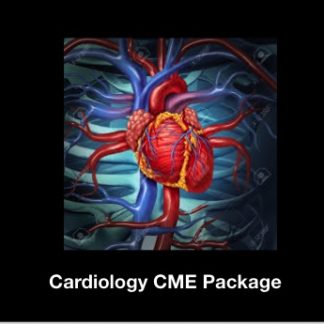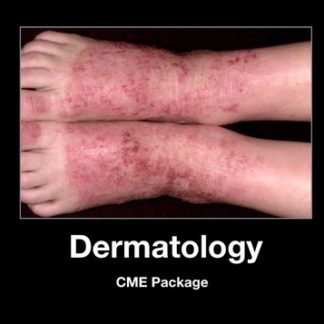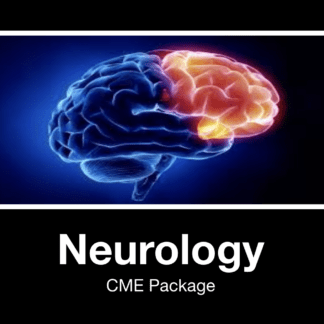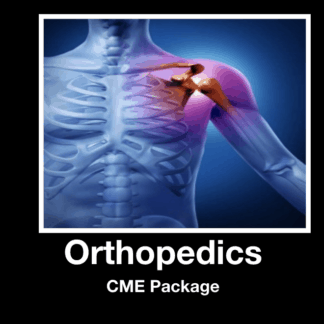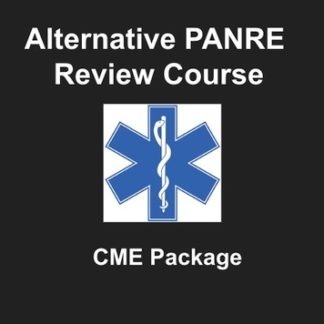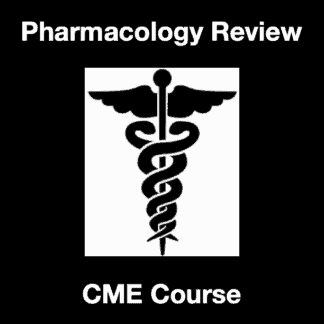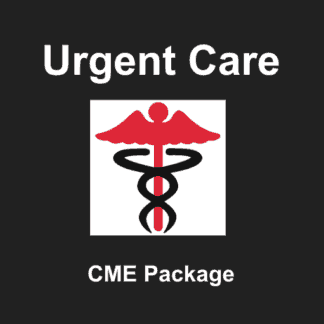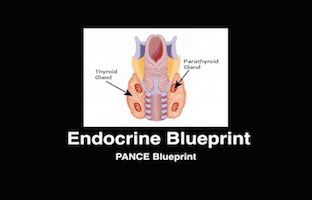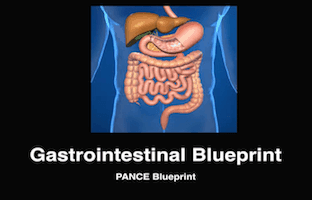Description
EENT Blueprint and Lecture Video & Questions
This section is review of the EENT Section for the NCCPA Blueprint topic list for the PANCE and PANRE. This section contains the EENT Lecture Video (1:32:03), as well as 181 Multiple Choice PANCE style questions, answers and detailed explanations. EENT Lecture Slides are also included. This section will be continuously updated and you will be given access for 30 months.
This section is designed for physician assistants preparing to take the PANCE/PANRE. Medical students preparing for the USMLE and COMLEX may find this section helpful.
We do offer category 2 CME with Amazon and Apple Gift Cards. Click here if interested in CME with Amazon and Apple Gift Cards
This is in a mobile friendly form.
EENT PANCE Blueprint Preview Questions, Answers and Detailed Explanations
Question 1
1. Your patient is a 64 year old male was found to have an opacity on his lens and decreased visual acuity. Which of the following is the most likely diagnosis?
A. Glaucoma
B. Cataract
C. Astigmatism
D. Hyphema
Answer 1
1. Choice B is the correct answer. A cataract is a defect in the lens. Cataracts are the leading cause of blindness in the world. Only treatment is surgical correction. Astigmatism is a defect in the cornea. Glaucoma is characterized by elevated intraocular pressures. Hyphema is an accumulation of blood in the anterior chamber.
Question 2
2. Your patient is a 23 year old female who is a contact lens wearer. She presents with an injected right conjunctiva. She has no foreign body sensation or photophobia. There is no uptake of the stain and slit lamp exam is otherwise normal. Which eye drops are most ideal for this patient.
A. Sulfacetamide
B. Gentamicin
C. Zithromax
D. Ciloxan
Answer 2
2. Choice D is the correct answer. Contact lens wearers are prone to getting bacterial infections especially pseudomonas of the eye. Ciloxan has the best pseudomonas coverage. Zithromax and sulfacetamide does not cover pseudomonas.
Question 3
3. Your patient is a 34 year old male that has had maxillary sinus pressure and purulent drainage for 3 weeks. The patient is allergic to penicillin. He has had a history of anaphylaxis with penicillin. Which of the following is the most appropriate antibiotic choice?
A. Augmentin
B. Cephalexin
C. Amoxicillin
D. Bactrim
Answer 3
3. Choice D is the correct answer. The major organisms associated with bacterial acute sinusitis is streptococcus pneumoniae, H. influenzae, and M. Catarrhalis. Both Augmentin and Amoxicillin are both penicillins. Cephalexin is a cephalosporin that can have a 10 percent cross reactivity with penicillin allergic patients. With the patient’s history of anaphylaxis with penicillin, the best choice is D bactrim.
Question 4
4. Your patient is a 64 year old male that presents with a right sided epistaxis that is on coumadin and ASA for Atrial Fib and CAD. His INR is 2.9. You have successfully packed the right nostril with a rhino rocket. There is no further bleeding. Which of the following is the best management action?
A. Stop the INR until his recheck in 2 days.
B. Stop the ASA until his recheck in 2 days
C. Place the patient on Amoxicillin 500 mg three times a day and have the patient follow up with ENT in 2 days.
D. Have the patient pull out his own packing in two days.
Answer 4
4. Choice C is the correct answer. When hemostasis can be achieved and there is no indication for holding or reversing the patient’s coumadin, especially with a therapeutic INR. ASA should not be stopped either. The effects ASA has on platelet aggregation actually last for 7 days, so it is actually pointless to hold the patient’s ASA and risk sequela. The patient should not pull out his packing in two days. This needs to be done in a controlled environment by a skilled practitioner that can deal with any potential airway issues that may arise.
Question 5
5. Which of the following organisms is most likely to cause Parotitis?
A. Staphylococcus Aureus
B. Streptococcus Viridans
C. Streptococcus Pneumoniae
D. Haemophilus Influenzae
Answer 5
5. Choice A is the correct answer. Staphylococcus Aureus is most likely cause of parotitis when it is bacterial. It can also be caused by mixed aerobes and anaerobes of the mouth. Nafcillin and Metronidazole are recommended for Parotitis.
Question 6
6. Which of the following is the most concerning foreign bodies to encounter in a nose?
A. Button Battery
B. Corn
C. Back of an Earring
D. Candy
Answer 6
6. Choice A is the correct answer. Corn and candy are not dangerous but need to be removed and are not as time sensitive. A back of an earring and button battery are both solid objects and could be potentially aspirated but unlikely in a conscious, healthy patient. However, button batteries are more dangerous because electrolysis at the negative battery pole causes hydrogen ions that cause an alkaline environment and tissue necrosis.
Question 7
7. Your patient is a 34 year old female that presents with a fever 102 degrees F, exudative tonsillitis, runny nose, productive cough, and anterior cervical lymphadenopathy. Which of the following is the best management option?
A. Start Bactrim empirically to cover for Group A Strep
B. Obtain a Rapid Strep Test
C. Start Amoxicillin empirically to cover for Group A Strep
D. Wait on throat culture results in 2 days to determine treatment
Answer 7
7. Choice B is the correct answer. The Centor Criteria includes the following: exudative tonsillitis, fever, anterior cervical lymphadenopathy and absence of cough. According to the Centor Criteria, if the patient has 3 or more of the Centor Criteria, a rapid strep should be obtained. If there are two or less of the criteria, neither a rapid strep nor a throat culture are indicated. Bactrim does not do a good job against strep. Amoxicillin is indicated if the strep test or throat culture is positive for strep. Throat cultures will be ordered if the strep test is negative.
Question 8
8. All of the following may be exacerbating factors for pterygium except?
A. HPV Infection
B. UV Light
C. Contact Lens Wearers
D. Abnormal HLA expression
Answer 8
8. Choice C is the correct answer. Contact lenses have not been identifying as a potential exacerbating factor for pterygium. Exacerbation factors of pterygium that have been defined include: HPV infection, UV light, abnormal HLA expression, abnormal conjunctival tumor suppressor gene, and the presence of angiogenesis related factors.
Question 9
9. Your patient is a 64 year old female that presents with gradual onset of peripheral bilateral vision loss over the last year. Which of the following is the most likely diagnosis is the most likely diagnosis?
A. Strabismus
B. Optic Neuritis
C. Macular Degeneration
D. Open Angle Glaucoma
Answer 9
9. Choice D is the correct answer. Open angle glaucoma is an optic neuropathy that has a progressive peripheral visual field loss and is eventually followed by central visual loss. Cataracts have central vision loss. Macular degeneration and Optic Neuritis both cause central vision loss. Strabismus is when the eyes do not line up correctly.
Question 10
10. Your patient is a 54 year old male that presents with a runny nose and cough. The patent is also complaining of vertigo, tinnitus, and right sided hearing loss. Which of the following is the most likely diagnosis?
A. Labyrinthitis
B. Acute Vestibular Neuritis
C. Cerumen impaction
D. Benign Postural Positional Vertigo
Answer 10
10. Choice A is the correct answer. Both vestibular neuritis and labyrinthitis have vertigo with usually a viral syndrome proceeding it. The key characteristic is there is no hearing loss associated with acute vestibular neuritis. Cerumen impaction will not cause tinnitus typically and usually does not have a viral syndrome associated with it. BPPV has recurrent episodes of vertigo associated with predictable head movements. There is usually no tinnitus associated with it.
